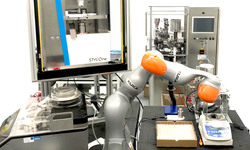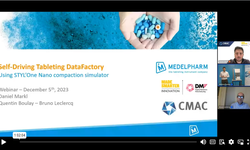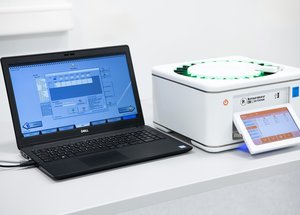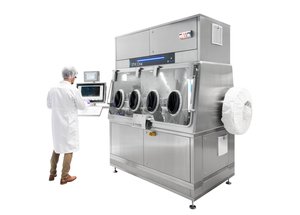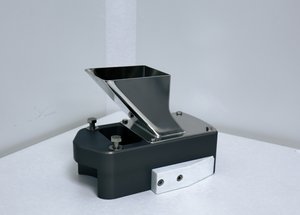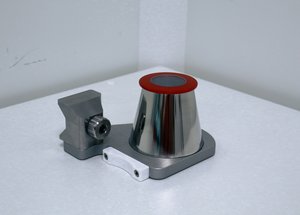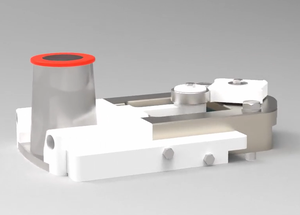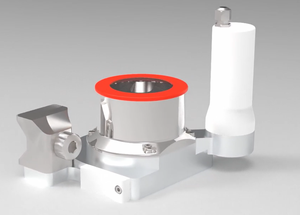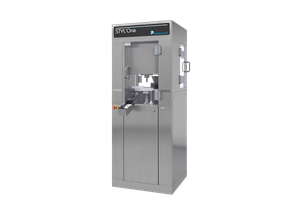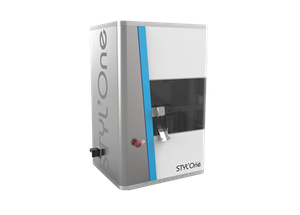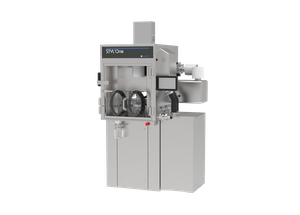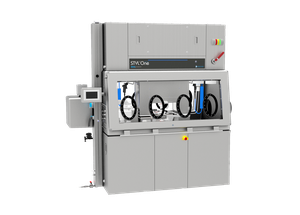Scientific papers
In a continuous manufacturing environment, ensuring product quality and compliance requires real-time monitoring and control strategies. Traditionally performed offline, the dissolution test remains a time- and resource-intensive process. This work aims to develop predictive dissolution models to enable real-time release testing (RTRT)—a key step toward improving efficiency, reducing costs, and easing regulatory burdens.
Mechanistic dissolution models were combined with chemometric techniques to predict dissolution profiles of immediate-release tablets. Three models were evaluated: erosion, z-factor, and a modified Noyes–Whitney (N-W) model. These models were fitted to experimental dissolution data to optimize their parameters. Partial Least Squares (PLS) models were then developed to correlate spectral data from blends and tablets with the parameters of the dissolution equations.
External validation was conducted to assess the performance of each model. The results showed that all three provided a good fit with the experimental data, with the erosion model exhibiting the strongest predictive capability. Furthermore, this thesis proposes a procedure for the preliminary calibration of dissolution models using laboratory experiments alone.
Comments
No comments posted yet.
Add a comment


